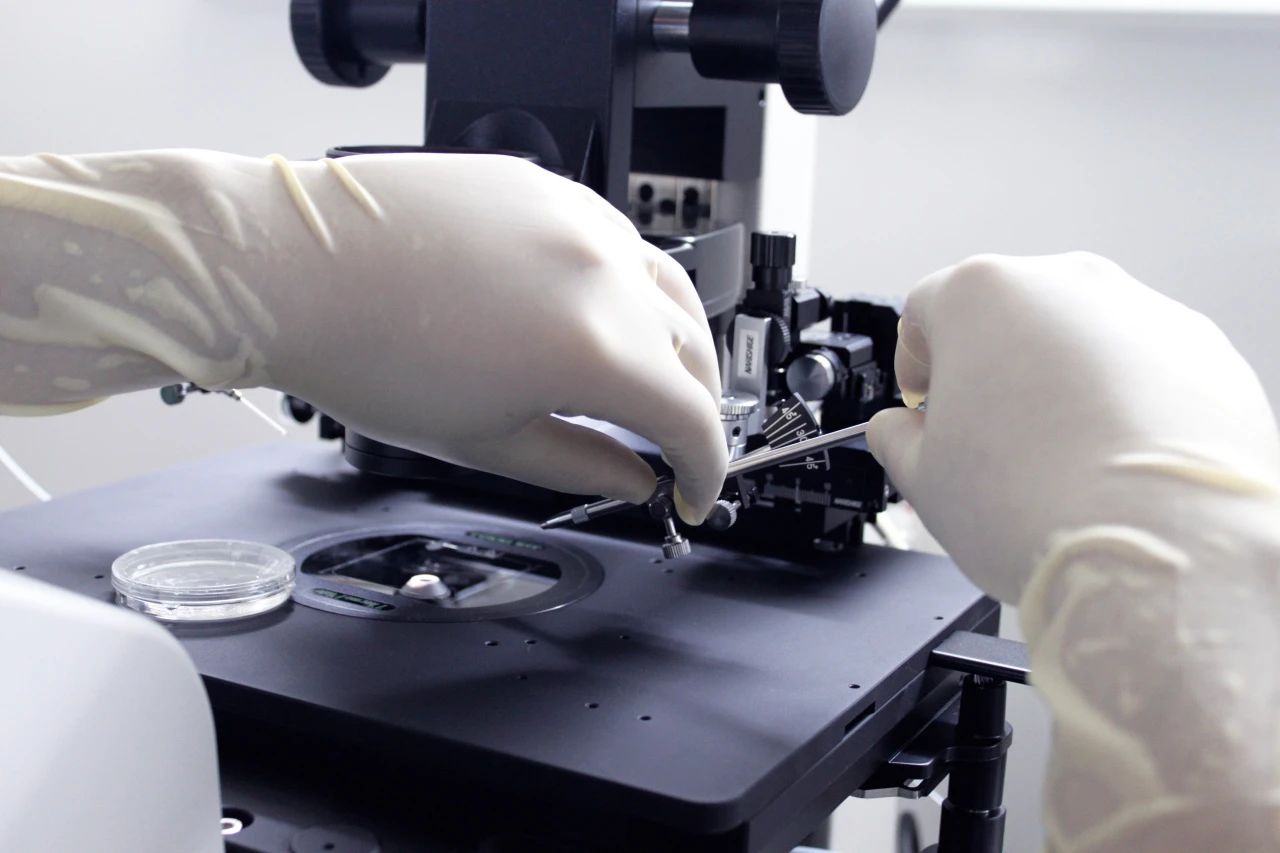IVF operations are not designed to produce a boy
During the IVF process, many people wonder if operations like preferential sperm selection, growing blastocysts, and selecting embryos are done to increase the chances of having a boy. The answer is no.
Sperm Selection for High Fertilisation Rate, Not Sex Selection

In an IVF cycle, sperm selection is done to select mature, morphologically normal and active sperm with fertilisation potential for in vitro fertilisation. This significantly improves the fertilisation rate, increases the embryo acquisition rate and improves the quality of the embryos. Although the chromosome carried by the sperm determines the sex of the embryo, it is not possible to tell in advance whether the sperm carries an X chromosome or a Y chromosome, so it is not possible to screen the sperm to achieve the goal of having a boy.
Cultivation of blastocysts to improve pregnancy and live birth rates
Fertilised eggs formed by in vitro fertilisation are further cultured in the laboratory to form early embryos. On the third day of culture, the embryo is cleavage and on the fifth day, the embryo is blastocyst. There are numerous advantages of culturing blastocysts; they have a low rate of chromosomal abnormalities, high developmental potential, more physiological timing of implantation, higher pregnancy and live birth rates, and a reduced risk of multiple pregnancies and ectopic pregnancies. Although there is a saying that transferring blastocysts gives birth to a higher percentage of boys than girls, there is no scientific basis for this, and the breeding of blastocysts is only for the purpose of increasing the pregnancy rate and live birth rate, and is not used for gender selection.
Embryo Selection for Embryo Transfer, Picking High Quality Embryos to Enhance Success Rate
Embryo selection is the process of rating the development of embryos during the embryo culture process and selecting the higher rated quality embryos for transfer. Both cleavage embryos and blastocysts have their own grading standards, for example, for cleavage embryos on the 3rd day, 7 – 9 cell grade I – II embryos are high quality embryos; for blastocysts on the 5th day, stage 3 – 6 BB grade and above are high quality embryos (blastocysts are ranked in the order of their qualities: AA, AB, BA, BB > AC, BC, CA, CB > CC, AA, AB, BA, BB are high quality blastocysts, and CC is the worst and cannot be used). The higher the rating, the better the quality of the embryo and the higher the developmental potential after transfer. However, selective embryo transfer is different from pre-implantation genetic diagnosis in 3G IVF, where blastocyst cells are directly chromosomally characterised, whereas in the former, only the higher ‘value’ embryos are selected from the formed embryos in order to increase the pregnancy rate.
In summary, the operations in an IVF cycle are designed to help infertile couples achieve their fertility goals, not to increase the likelihood of having a boy.
相关推荐
- International Fertility Experts Reveal 4 Golden Rules for Ovarian Function Assessment
- The optimal range for egg retrieval in IVF: 8–15 eggs yield the highest live birth rate
- Why do fertility doctors always advise you to do IVF before it’s too late?
- Scientific Selection Guide for Natural Fertilization vs IVF
- Deadly Warning of Fetal Motion Disappearing at 38 Weeks|International Center for Perinatal Medicine
Search within the site
Surrogacy News
Hot Tags.
Georgia Surrogacy Services,Legal IVF Hospital,Global Fertility Agency